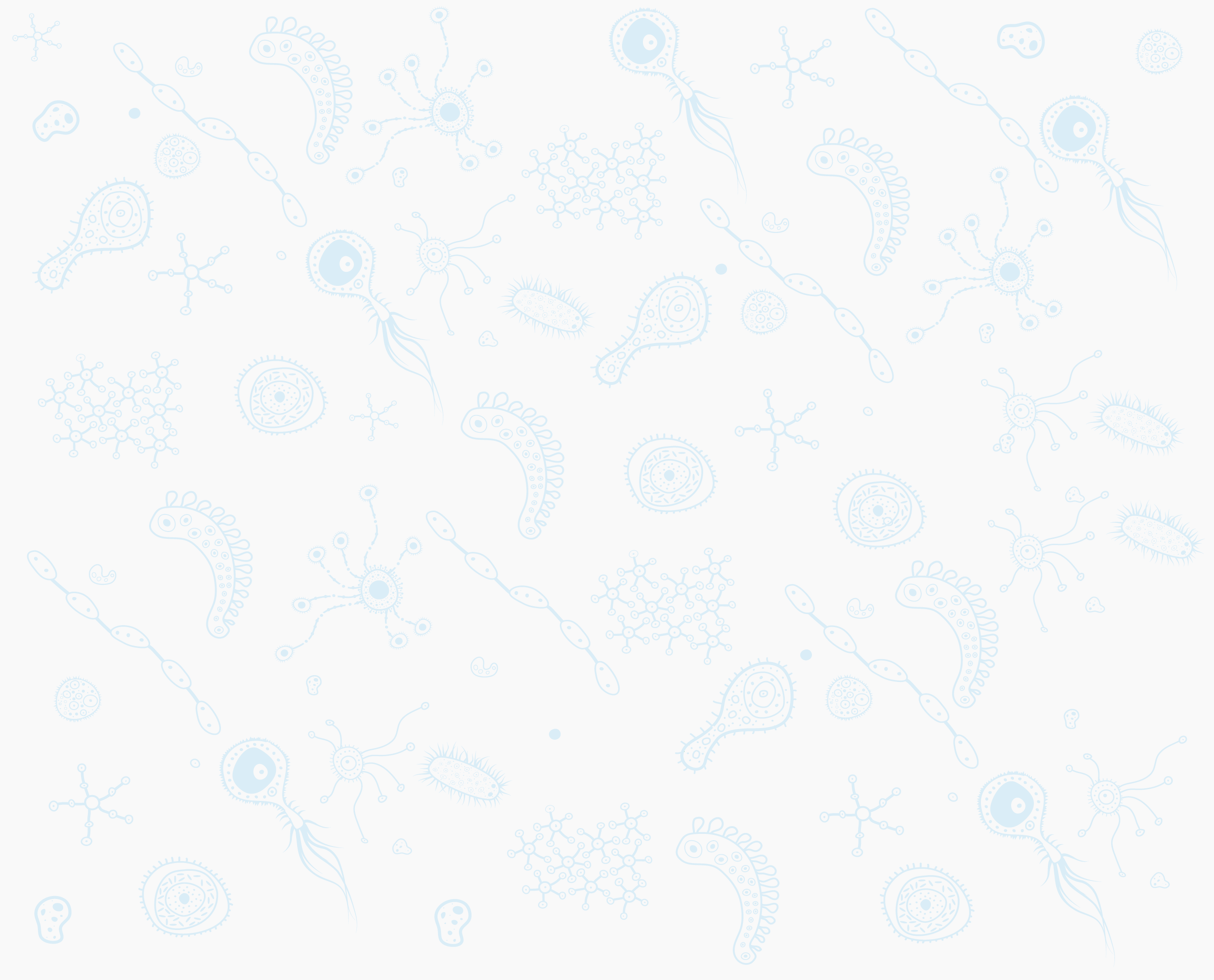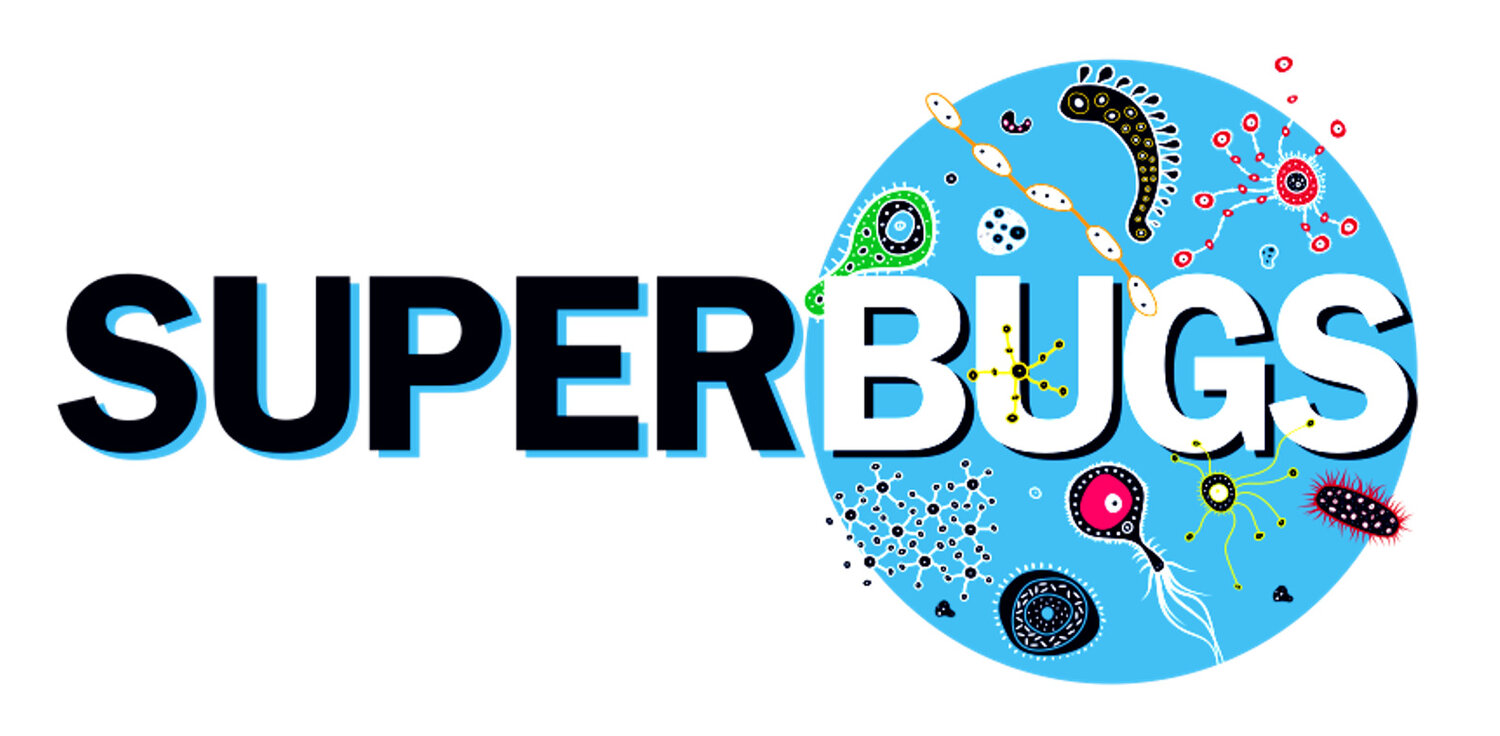
Microbes and the Environment

Bacteria are the most important living things on the planet.
And not just because they grow on us. And in us.
Bacteria and other micro-organisms can be found in the environment all around us, with really important jobs!
Take a look below to find out more.
The Nitrogen Cycle
Nitrogen is an essential element for all forms of life.
We need it to make DNA and proteins — the basic building blocks of our bodies.
78% of the Earth’s atmosphere and of the air that we breathe is actually nitrogen (chemical symbol: N) — a colourless, odourless and tasteless gas. But our bodies can’t use it in this form. Instead, the so-called ‘nitrogen cycle’ is needed to make nitrogen accessible for us.
Bacteria play a very important role in this process. Take a look at the interactive videos below and find out how!

The Carbon Cycle
All life on earth is carbon-based.
All of the basic building blocks of our cells and our bodies are made up of carbon (chemical symbol: C). This makes carbon really important. But where do we get it from?
Humans (and other animals) get carbon from their diet - what we eat. So do other animals, and plants (fruit, vegetables etc). We then use the carbon to make the building blocks of our cells, and to give us energy through respiration.
Respiration makes us breath out carbon dioxide (CO₂). Why don’t you take a look at the video, and lean how the carbon cycle uses this carbon dioxide, so that we have a never-ending supply of carbon.
Can you see where the micro-organisms are important?
Bacteria also carry out respiration, releasing CO₂ into the air to continue the carbon cycle.
The most important bacteria for this live in the soil, which decompose dead organisms, and in the sea. There are millions of bacterial cells in only a few droplets of sea water.
COOL FACT!! If you were to weigh ALL of the living things in the sea, bacteria would make up about 3/4 (three quarters) of the total weight!
➡️ Bacterial Infections
Find out what happens when we get sick!
